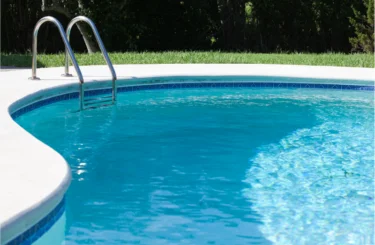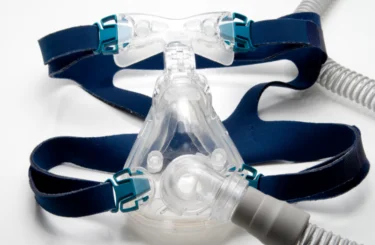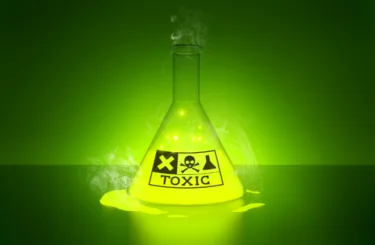Game of Drones: How To Recover If You’re Injured By A Drone
The use of unmanned personal aircraft — commonly called “drones” — for personal and business reasons has increased dramatically during the past few years. And with one of the largest drone manufacturers producing 10,000 devices each week, there is no sign that drone use will be slowing down anytime soon.
Drone operation has become so prevalent that, as of December 21, 2015, the Federal Aviation Administration requires drone owners to register with the Unmanned Aircraft System before flying a device outdoors.
Drone operation is still in its infancy, however. Because of this, new questions continue to arise, including who is exactly responsible when a drone strikes and injures someone.
Grabbing a remote control and flying a drone probably sounds like an easy task. But untrained drone operators make mistakes. Users may not consider the weather conditions, such as wind gusts, or interference from buildings, trees, and birds.
A drone crash is not always due to the operator’s mistake. It may also be due to a defect, battery failure, or a power shortage in the motor. For example, a drone being used for aerial photography recently struck a group of spectators at an event in Virginia, causing multiple injuries. The operator claimed the drone’s battery died in midair.
Regardless of the cause, falling drones can seriously injure people, leading to a potential personal injury lawsuit for damages, including medical expenses and pain and suffering.
Commercial Drone Liability
When a drone owned and operated by a company injures someone, the principle of respondeat superior (“let the master answer”) applies. Under this legal theory, an employer is responsible for the wrongdoing of an employee when that wrongdoing was committed while in the course and scope of the person’s employment.
Under respondeat superior, if a drone used for commercial purposes injures an individual, it is the company that owned or operated the drone that is ultimately responsible for damages. The company will probably have insurance to cover an injured person’s medical bills, as well as any damages for pain and suffering.
Personal Drone Liability
When a person is injured by a drone that’s used recreationally by an individual, the liability situation is different. Rather than the theory of respondeat superior, general negligence principles apply.
In most cases of personal liability, chances are likely the injured person did not contribute to her own injury. Rather, she may have been simply walking her dog when a neighbor’s drone hit her and knocked her to the ground.
If the drone operator made a mistake that caused the drone to crash, the operator would be negligent and could be held individually liable. In such a case, a legal claim may be pursued against the drone owner.
However, many recreational drone owners do not have insurance coverage for accidents — at least not yet. Retailers are just now beginning to recommend that drone buyer’s purchase liability coverage, in case they injure someone while operating the device.
Product Liability and Defective Drones
What if the drone operator is not negligent while flying the device? In these cases, it could be that the drone was defective, which means a product liability claim may be brought against the manufacturer.
In product liability cases, it is beneficial to find out if others have reported the same kind of drone defect and injury. If so, a class-action lawsuit may be brought. Or if a class-action claim has already been filed, injured individuals can ask to join the suit.
As the use of drones grows, injury claims against drone operators, as well as product liability suits against manufacturers, will certainly increase. We are continuing to closely watch this developing area of the law.
Andy Dragovic
Andy Dragovic is a member of Sommers Schwartz's Personal Injury and Medical Malpractice Groups. His practice is 100% dedicated to helping victims get compensation for their injuries and losses.





